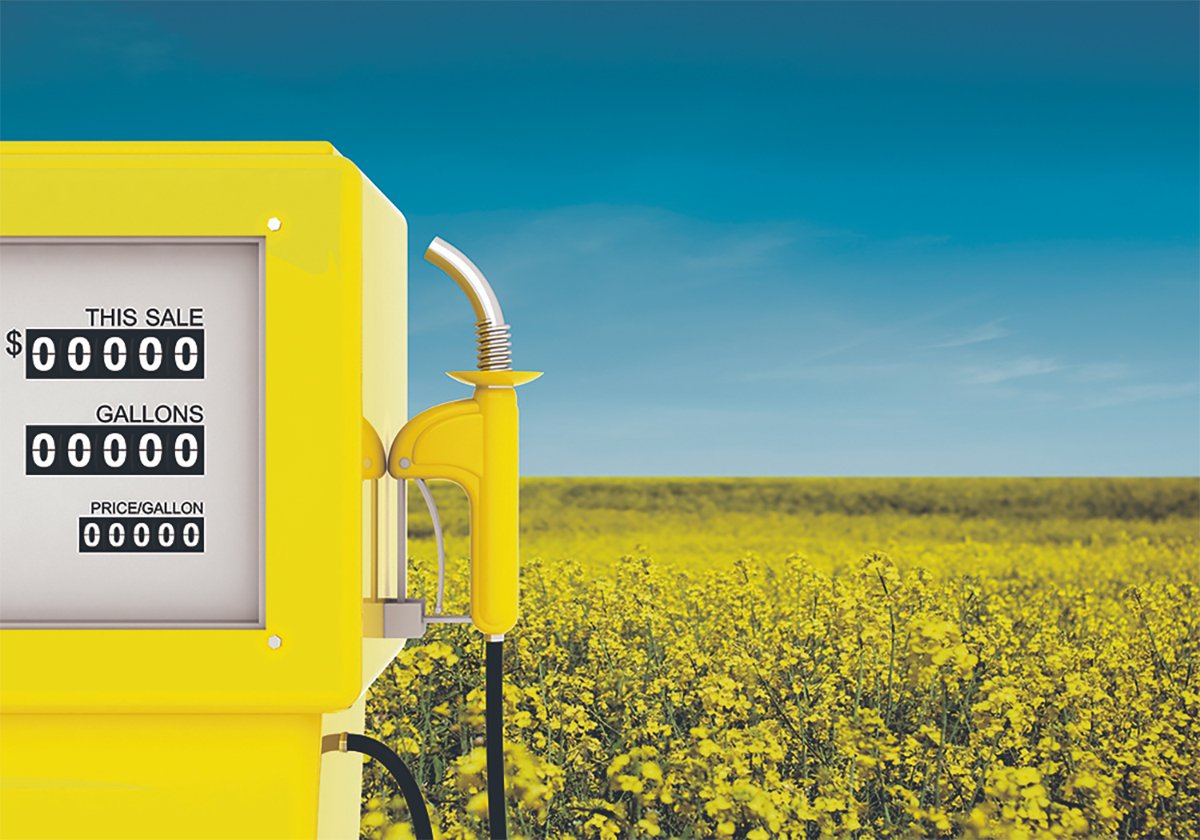VICTORIA – Think twice before planting canola this spring, two European oilseed experts say.
While canola prices are good from historical point of view, the crop might not be the biggest money maker this year, they warn.
“We are heading towards a surplus, if the weather co-operates,” said Oil World magazine editor Thomas Mielke at the Canola Council of Canada’s annual convention.
“The price premium of rapeseed, canola and oil is going to … disappear relative to (competing vegetable oils).”
Thorsten Tiedemann of AC Toepfer International said he expects the usual price premium of canola oil to soybean oil to evaporate, and canola seed prices might take a hit if Black Sea region crops flood the export market this summer.
Read Also

Biofuel sector happy with federal budget
Advanced Biofuels Canada says new Biofuel Production Incentive is a lifeline until CFR amendments are in place.
Because eastern European farmers can be unreliable, many grain companies do not contract grain with farmers before harvest and do not make forward sales. When the crop comes in at harvest, there is a rush of selling pressure in the markets as grain companies move to hedge their purchases and sales.
“That really is a rather bearish scenario for canola,” said Tiedemann.
“That scenario might not have been discounted in present prices.”
Although Tiedemann and Mielke expect canola oil’s typical price premium to soybean oil to disappear, neither said farmers should abandon the crop.
Thinking twice means considering other options to see whether competing crops offer better potential returns, Tiedemann said, noting malting barley and peas might be more attractive.
Mielke has been urging Canadian canola growers to be careful about expanding acreage this spring because even though the canola market may seem hot, farmers all over the world, except in the United States, are increasing their acreage of oilseeds.
But prices are trying to push farmers in a different direction.
“The market is telling everybody we need corn, go into corn, at the expense of oilseeds and cotton,” said Mielke.
U.S. soybean stocks are high, European production has boomed and oilseed stocks are nowhere near as tight as grain.
Mielke and Tiedemann noted that their forecasts of oilseed surpluses fly out the window if there is a major weather problem in a significant growing region.
Tiedemann said droughts can hit Eastern Europe in May, which would reduce production in the Black Sea region.
Mielke said prices would react to a sudden reduction in yield potential for any major oilseed crop.
“Global supply and demand fundamentals become tight in an unfavourable weather scenario,” said Mielke.
If there is bad weather somewhere “there is no end. We are going to see easy $5 (US) corn, $5.50 corn. We’re going to see soybean prices beyond $10.”
But assuming normal weather everywhere, canola looks weak against its competitors this year.
“(Canola) has lost its price leadership. There is no reason to expect a continuation of the high premiums. We’ve seen prices coming almost back to the level of soy oil in the medium term,” said Mielke.
Both said farmers in Canada are lucky because they are still able to switch out of canola acres if they choose.
Farmers elsewhere have already planted.
“The Canadian farmer is in an excellent position here as far as they are always in the last position to react to these kinds of developments,” said Tiedemann.
Both commentators also noted that their views of canola prices are only bearish in comparison to other competing crops. By themselves, by historical standards, canola prices are excellent.
“I have a bearish view on (canola), but only other crops and oils in the complex,” said Tiedemann. “The spreads are going to narrow. From huge they are going to narrow to this,” he said, bringing his palms together.















